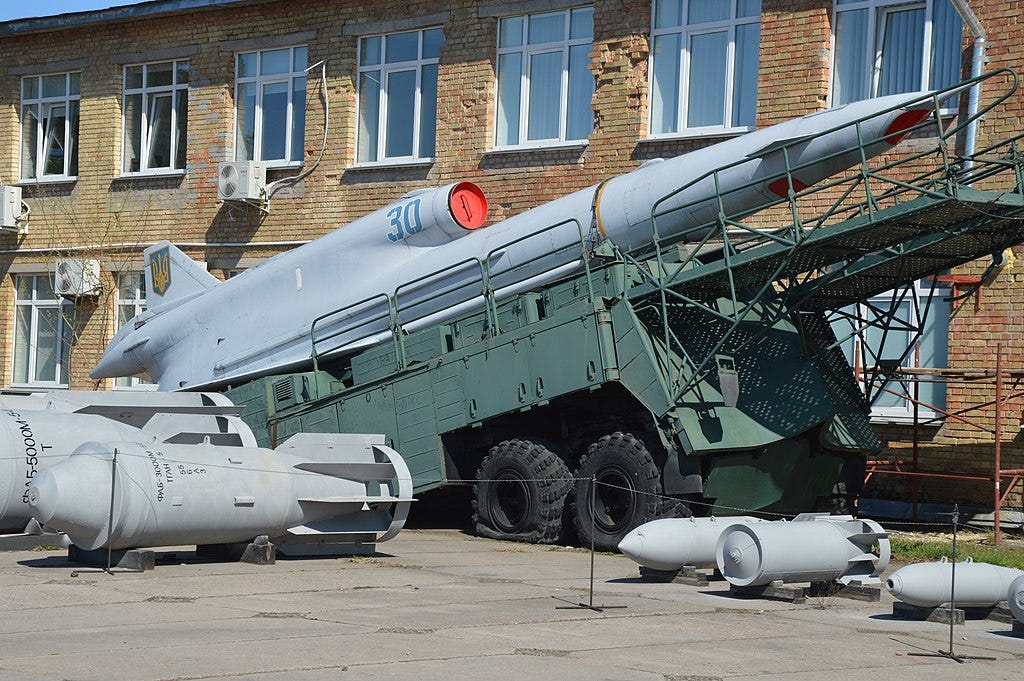What To Talk About When We Talk About Ukraine Shooting Stuff At Russia
The long-range war is changing
The USSR made over 150 of these jet-powered drones fifty years ago. Ukraine inherited some number of them for being so close to NATO in the Cold War. The Ukrianian Air Force (UAF) lost one of these during an apparent recon mission into Russia just recently. The photo above is of a museum pi…



